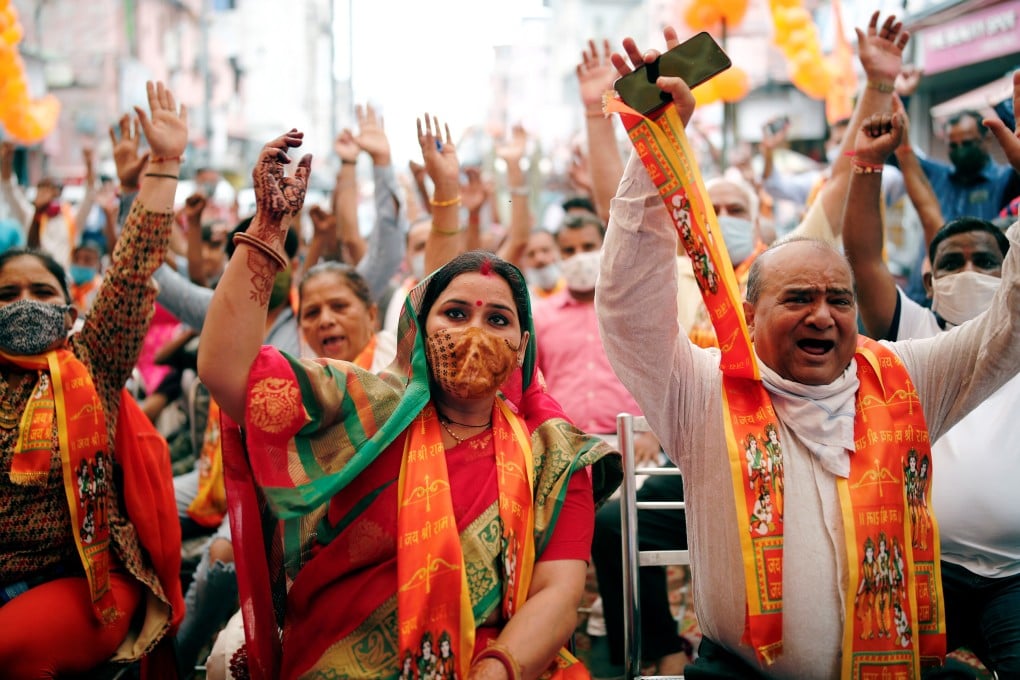Analysis | Republic of Ram: India’s Modi lays foundation for Hindu state with grand temple
- Grand religious project at disputed site in Ayodhya marks the makeover of a secular democracy into a majoritarian order
- Country’s inclusive constitution helpless before the ruling party’s might as courts look the other way

The breathless media coverage of a religious programme by the leader of a multi-religious, secular state marked the apogee of a calibrated blurring of the line between faith and governance in Modi’s India. The much-celebrated launch of the Ram temple capped an ongoing process of establishing Hindu primacy through political messaging, propaganda, government policy, brute force, legislation, popular culture, rewritten history, compliant media and an acquiescent judiciary.

The Ram temple will be built where a 16th-century Mughal mosque once stood. The site has long been a religious flash point. The Hindus in the area held that the mosque had been built by the Muslim rulers by razing a Hindu temple in the area, which, they believe, is the exact spot where lord Ram was born. Modi’s Bharatiya Janata Party (BJP) took up their cause in the mid-1980s, converting the local dispute into a national cry of Hindu assertion. The successful campaign transformed the BJP from a fringe north Indian party into a dominant, national political force but injected a poisonous dose of religious polarisation into Indian politics.
The Ram temple movement culminated in a mob frenzy in 1992 in which Hindu activists tore down the mosque, followed by sectarian riots nationwide. A government-appointed commission of inquiry subsequently found senior BJP leaders guilty of instigating the demolition. The litigation over the disputed land between Hindu and Muslim parties continued in the courts, until the Supreme Court in November awarded the site to the Hindu side. It ordered the federal government to set up a trust for overseeing the construction of a Ram temple and gave Muslims a separate site to rebuild the mosque. The verdict led to Wednesday’s groundbreaking ceremony, in which Modi, in the manner of a modern-day Hindu king, led the ritualistic worshipping of the ground and laid the foundation with a silver brick for what he called a “golden chapter” for India.
